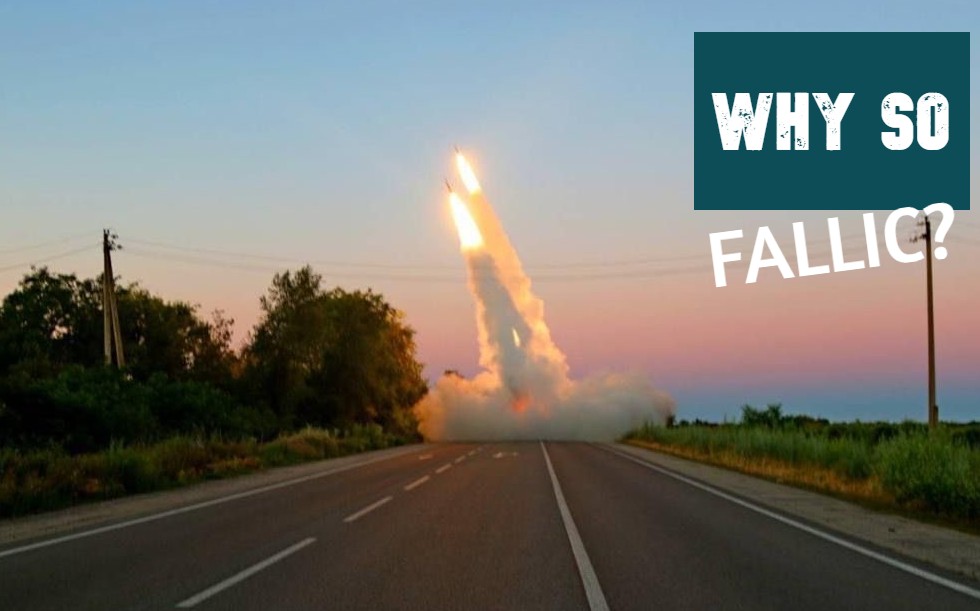Minister of Defense of Ukraine made a statement that they would strike at the Crimean bridge with weapons to be provided by the western partners. According to Mr. Reznikov, this would somehow affect logistics of the Russian forces advancing towards Zaporozhye and Nikolayev.
It is totally unclear how exactly this would affect anything taking into consideration the bridge’s cargo transport capacity by rail. According to technical specifications of this very bridge, which recently was somehow made available to the Ukrainian military intelligence, at all sectors along the structure the permissible load should not exceed the simultaneous movement of two trains. This means, that a freight train shipping weaponry may not have more than two dozens of wagons. Railroad on the Crimean bridge is not electrified, and only diesel traction is used.
As we know, the Russian troops have control of Volnovakha, Debaltsevo, and Melitopol. Controlling these settlements opens a direct railroad line to Crimea, i.e. from Donetsk and Lugansk, through Debaltsevo, Ilovaysk, Volnovakha, and Melitopol the railroad trains easily get to Crimea and could easily supply the Russian troops near Nikolayev and Zaporozhye with weapons. Several weeks ago the Ukrainian military published photos with the Russian army using the railroad infrastructure in the seized Melitopol and Fyodorovka. Russian officials speak of an open land corridor to Crimea, while the Minister of Defense of Ukraine raves about demolishing with western weapons of a bridge with a capacity of no more than fifty pairs of trains a day both ways, provided that these cargo trains consist of no more than two dozen wagons.
Length of the bridge railroad conduit without switches and crossing is 19 kilometers, and this is the bottleneck of the entire route from Simferopol to Rostov. On the other hand, the land corridor from Simferopol to Rostov does not have such a bottleneck on the route, despite the one-track, non-electrified road in Donetsk and Zaporozhye oblasts. The thing is that that construction of the railroad section between Volnovakha and Melitopol had bagun back in times before the 1917 revolution, and in the ‘30s of the last century this section connecting the industrial Donbas, Azov region and Crimea was strengthened to the maximum based on demand of Mariupol’s metallurgical giants and the sea port. After 2014, when the railroad from Ukraine to Mariupol through Yasinovataya, Debaltsevo, and Ilovaysk had become unavailable, the alternative route appeared to be the Volnovakha-Melitopol road section. It was this section through which the Mariupol’s metallurgical giants had been supplied. As of 2019, after modernization of the road by the SKM company financing, the “Volnovakha-Melitopol” section had some two dozen kilometers of the one-track road, and its capacity constituted 200 pairs of cargo trains a day without any restrictions on the total tonnage of cargo freighted.
It is hard to overestimate the strategic significance of railroad infrastructure of Volnovakha, Berdyansk, Melitopol, and Fyodorovka, where the railroad from Crimea splits in three directions, and where there is everything available to freight thousands tons of cargo to the areas of Zaporozhye, Nikolayev, and Volnovakha — the Southern railroad gate of Donbas.
From February this year the self proclaimed People’s Republics of Donetsk and Lugansk have been heavily using the railroads to ship weaponry from Russia. At night, local residents of Ilovaysk and Debaltsevo got used to hear the Russian army shipping tanks. They say that they never heard such an activity since 2014. Now the weapons could be carried with these trains either to Mariupol or Ilovaysk and Kherson. In this case capacity of the railroad is several times higher than that of the bridge Ukraine’s defense minister wishes to destroy.
Before 2012, from Simferopol to Rostov there was a passenger train “Simferopol-Kislovodsk”. The trip to Rostov from Simferopol through Volnovakha took some 9 hours. This route through the Crimean bridge would be shorter, but not times shorter, only a couple of hours less, because the road from Simferopol to Kerch is pretty tough due to enormous height difference and speed restrictions of the trains along the Crimean territory. And it is totally unclear what “disruptions in weaponry supply through destroying the Crimean bridge” Mr. Reznikov meant.







